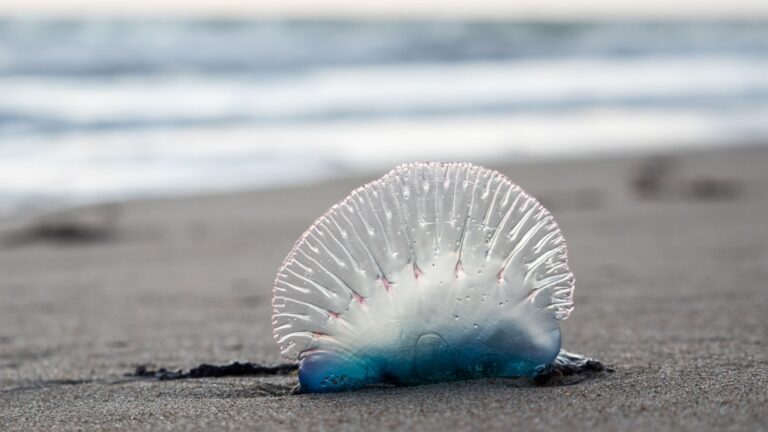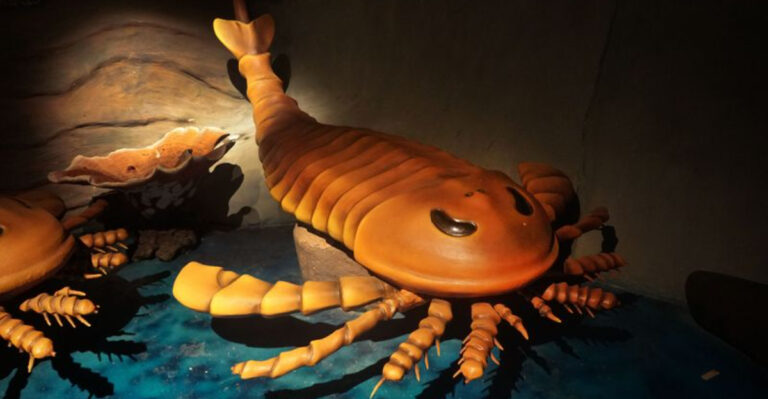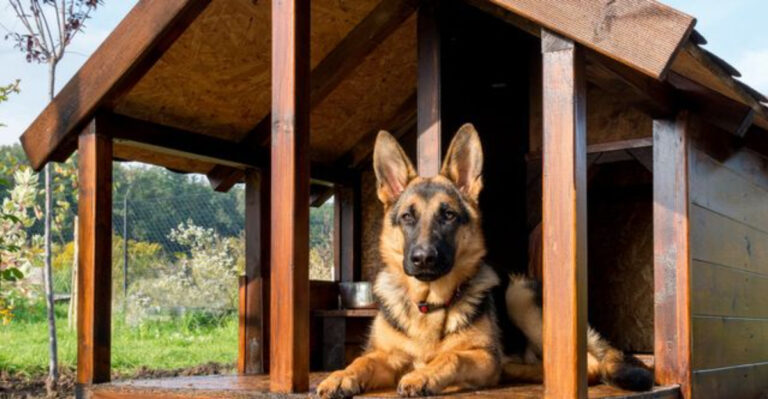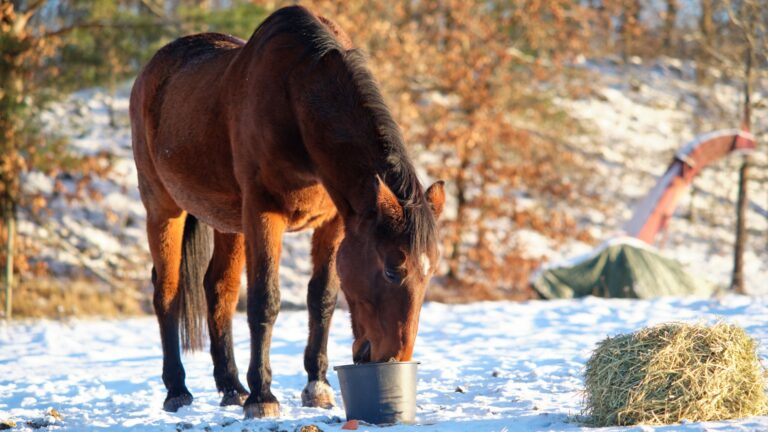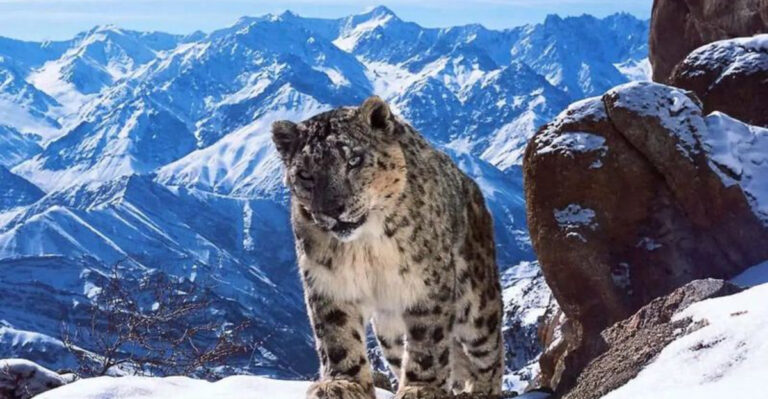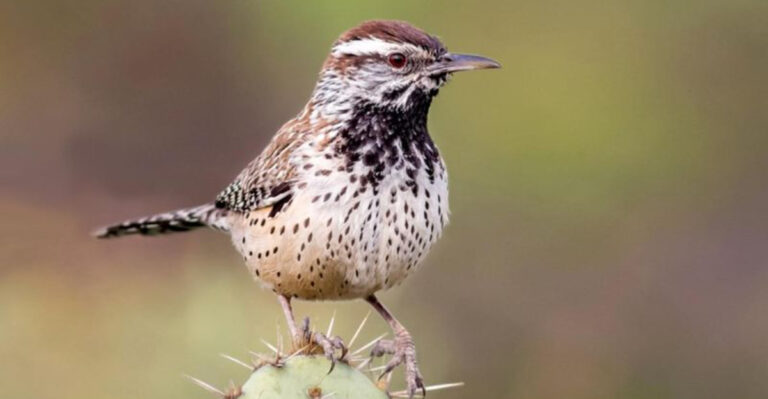Why The Shovel-Snouted Lizard Is One Of The Desert’s Most Resilient Creatures
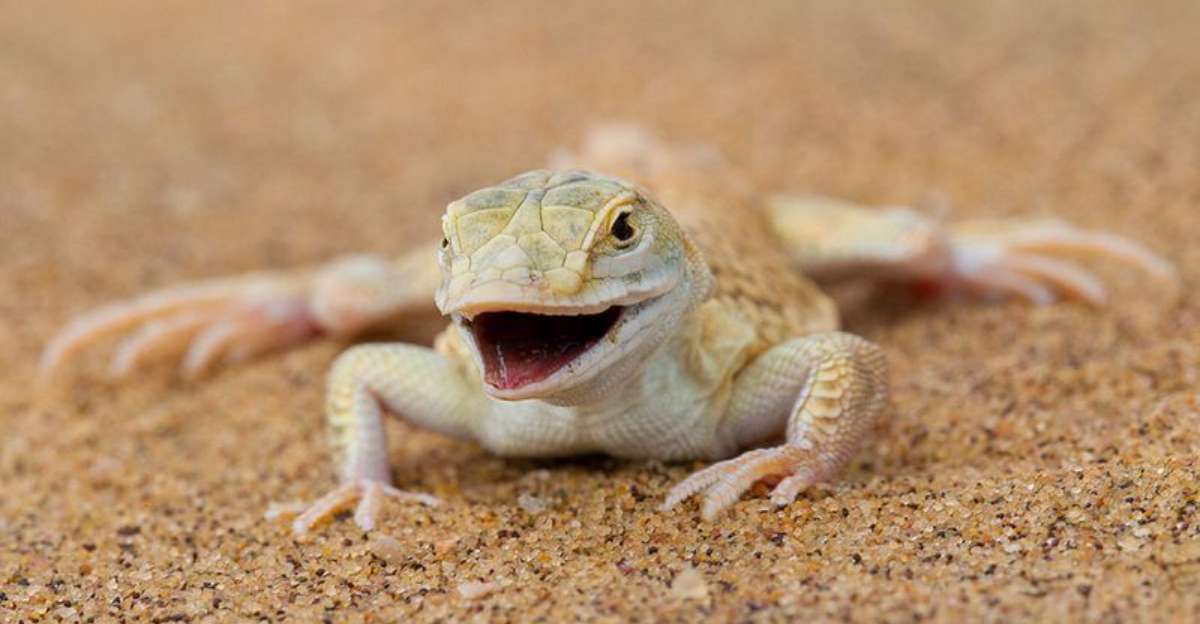
Hidden among the scorching sands of Africa’s Namib Desert lives a marvel of evolution – the shovel-snouted lizard. This extraordinary reptile has mastered the art of desert survival where temperatures swing wildly and water is scarce.
With its distinctive shovel-shaped snout and remarkable adaptations, this little creature teaches us big lessons about resilience in extreme environments.
Dancing Feet Keep It Cool
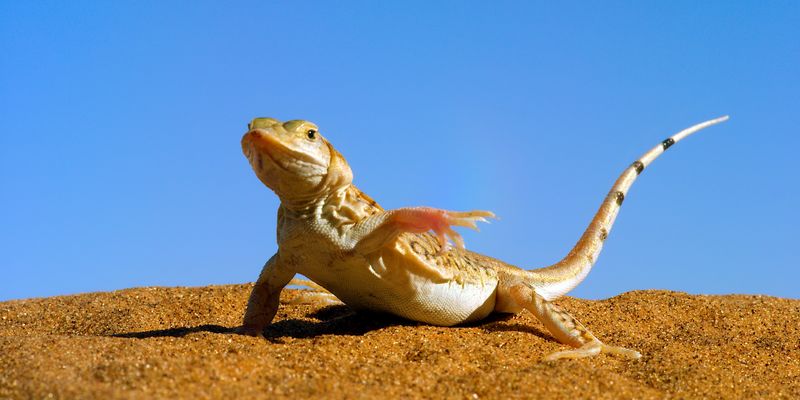
When midday temperatures turn the desert sand into a frying pan, shovel-snouted lizards perform a peculiar dance! They rapidly lift one foot after another, minimizing contact with the scorching surface that can reach 160°F.
This high-stepping dance isn’t just entertaining – it’s essential for survival. By limiting each foot’s contact with the burning sand, these lizards prevent their bodies from overheating.
Scientists call this behavior “thermal dancing,” and it’s one of nature’s most elegant solutions to extreme heat. Without this adaptation, these small reptiles would quickly succumb to the desert’s merciless temperatures.
Moisture-Collecting Skin Tricks
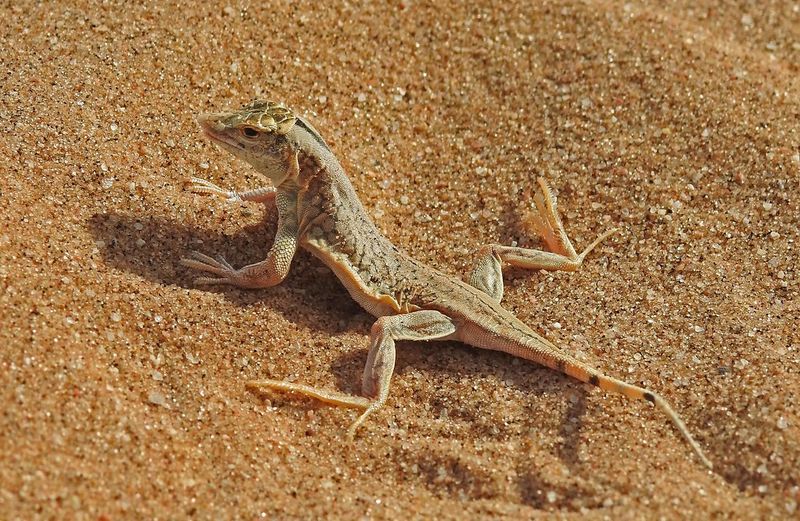
Morning fog rolling in from the Atlantic Ocean becomes a lifeline for these clever reptiles. Shovel-snouted lizards have evolved specialized scales that collect precious water droplets from fog, directing the moisture toward their mouths.
Their skin features microscopic channels between scales that work like tiny aqueducts. When fog condenses on their cool bodies in the early morning, these channels guide water directly to their mouths without the lizard needing to move.
This passive water collection system means they rarely need to drink from traditional water sources – a brilliant adaptation in a place where rainfall might occur just once every several years.
Shovel Snout Digs Safety
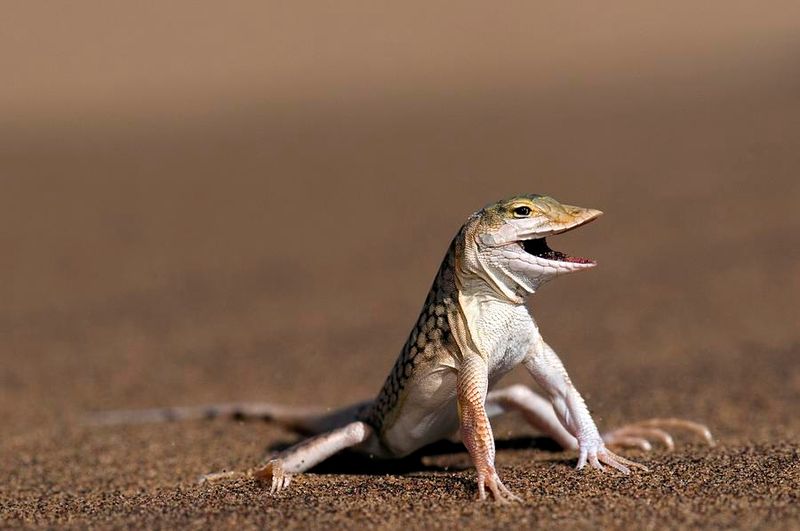
The trademark shovel-shaped snout isn’t just for show – it’s a multipurpose survival tool. When danger approaches, these lizards can vanish beneath the sand in seconds, using their specialized snouts to dive headfirst into the dunes.
Their pointed snouts work like miniature bulldozers, displacing sand with remarkable efficiency. The shape creates minimal resistance, allowing them to submerge completely in under two seconds when predators threaten.
Underground, they can remain hidden for extended periods, protected from both predators and extreme temperatures. This rapid-burial technique gives them a crucial escape option that few desert predators can counter.
Color-Changing Camouflage
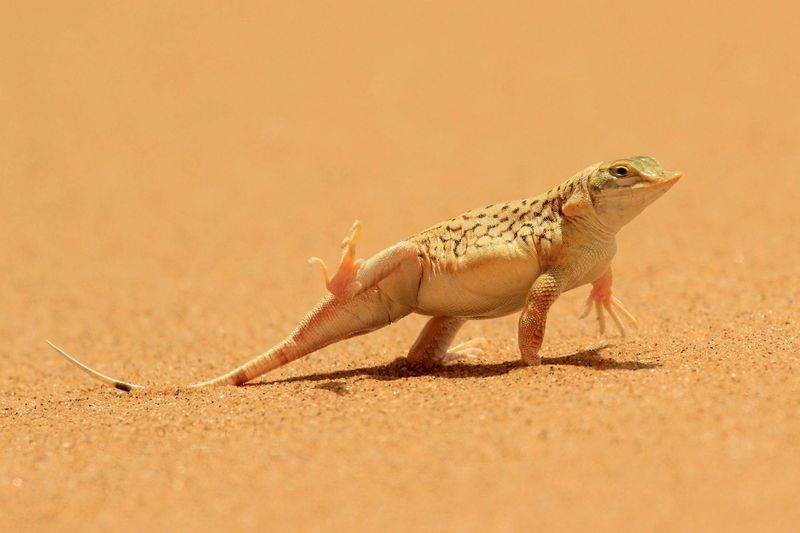
Masters of disguise, shovel-snouted lizards can change their body color throughout the day to match their surroundings. During cooler mornings, they appear darker to absorb more heat from the sun’s rays.
As temperatures rise, their skin lightens dramatically to reflect heat and blend with the pale desert sand. This color-shifting ability serves dual purposes – thermoregulation and protection from sharp-eyed predators like desert hawks.
Unlike many color-changing reptiles that take hours to transform, these lizards can alter their appearance within minutes. Their specialized pigment cells expand or contract rapidly in response to temperature changes and potential threats.
Remarkable Urine Concentration

Water conservation reaches extraordinary levels in the shovel-snouted lizard’s specialized kidneys. They produce some of the most concentrated urine of any vertebrate animal, extracting nearly every possible drop of moisture before waste elimination.
Their kidneys contain extra-long tubules that recapture water molecules that would be lost in other animals. This adaptation means they excrete urine that’s almost crystalline – a biological marvel that maximizes internal water retention.
By conserving water this efficiently, these lizards can survive months between drinks. Their bodies essentially recycle internal water supplies, making them living examples of desert-adapted plumbing systems.
Breathing Through Sealed Nostrils
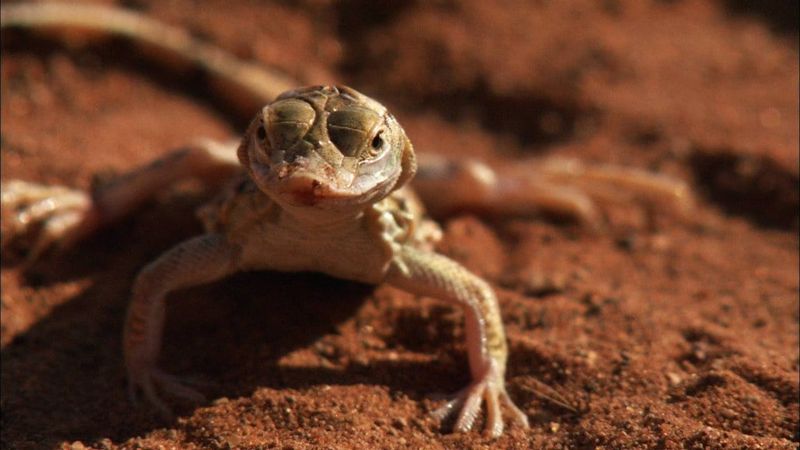
Sand-diving would suffocate most animals, but not the shovel-snouted lizard! Special valves in their nostrils close automatically when they burrow, preventing sand from entering their respiratory system.
Even more impressive, their scaled nostrils have tiny air pockets that trap oxygen. This allows them to breathe while completely buried, creating a miniature underwater-breathing apparatus – except for sand instead of water.
Some individuals can remain buried for up to 30 minutes without returning to the surface for fresh air. This adaptation not only protects them from predators but also allows them to escape the extreme midday heat by staying in the cooler sand below.
Energy-Efficient Metabolism
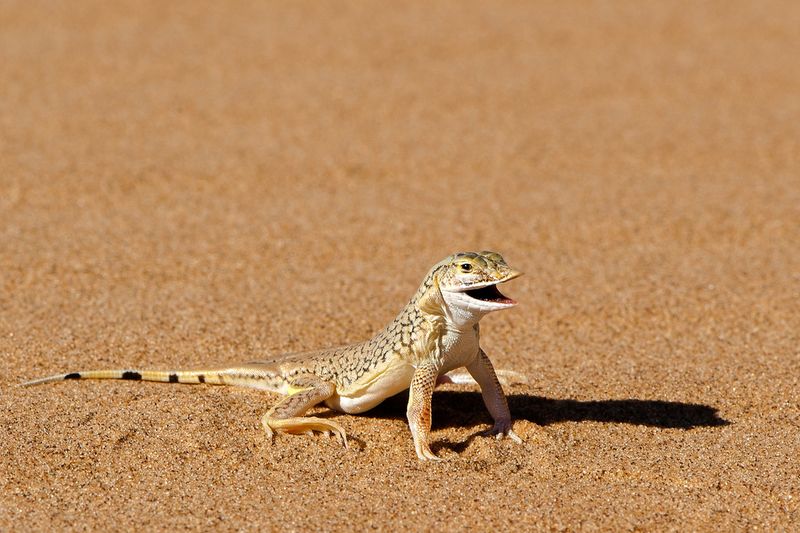
Surviving in a food-scarce environment requires metabolic magic. Shovel-snouted lizards can slow their metabolism by up to 70% during challenging periods, entering a state similar to hibernation while remaining alert and active.
Their cells require significantly less energy than similar-sized reptiles from more hospitable environments. When prey is scarce, they can subsist on just a few insects per week, converting nearly every calorie into essential functions.
Laboratory studies have shown these lizards can survive up to six months without food when necessary – an extraordinary feat for a creature with such an active lifestyle. This metabolic flexibility helps them thrive where other species simply couldn’t survive.
Salt-Extracting Glands
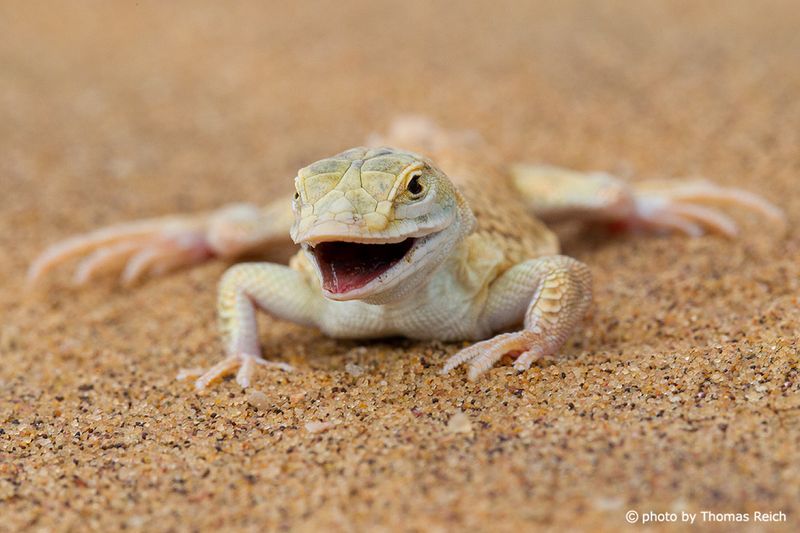
Salt balance would challenge most desert dwellers, but not these specialized reptiles! Shovel-snouted lizards possess modified nasal glands that extract excess salt from their bloodstream – similar to how marine iguanas process seawater.
These specialized glands produce a concentrated salt solution that crystallizes around their nostrils. You might spot white salt deposits on their faces, evidence of this remarkable biological filtration system at work.
By efficiently removing salt, they can consume prey with higher salt content than other desert animals could tolerate. This adaptation expands their potential food sources in an environment where dietary options are already severely limited.
Temperature-Resistant Embryos
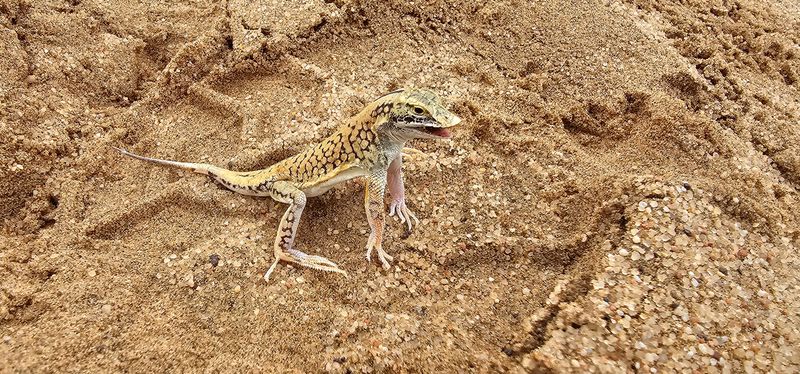
Resilience begins before birth for these remarkable reptiles. Shovel-snouted lizard eggs contain embryos that can pause development when temperatures become too extreme, resuming growth when conditions improve.
Female lizards carefully select nest sites where temperature fluctuations are minimized, typically burying eggs at precise depths that maintain optimal incubation conditions. If temperatures still become dangerous, the embryos enter a suspended animation state.
This adaptation allows hatching to occur during optimal seasons, regardless of when eggs were laid. Some eggs can remain viable for over twice the normal incubation period if environmental conditions aren’t favorable – an insurance policy against the desert’s unpredictability.
Social Cooling Networks
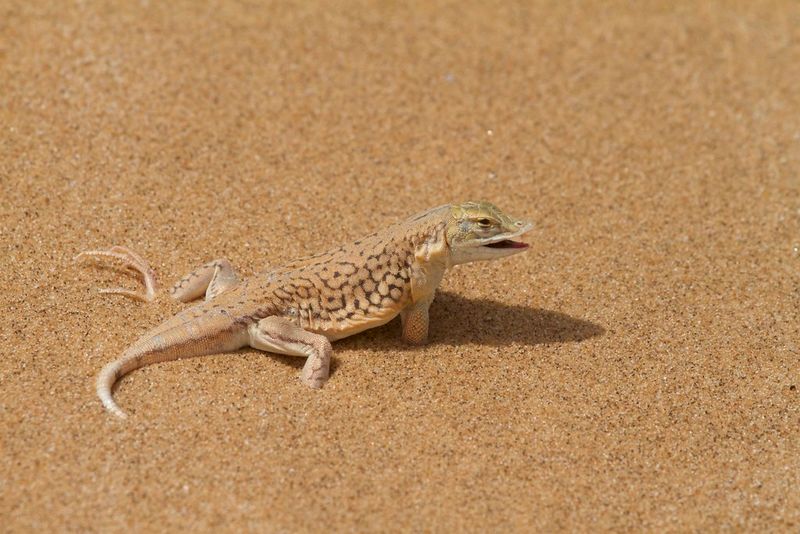
Contrary to the solitary reptile stereotype, shovel-snouted lizards sometimes form temporary “cooling networks” during extreme heat. Multiple lizards will gather in the same burrow, creating a microclimate that’s cooler than the surrounding environment.
Their bodies release moisture through specialized scales, which evaporates and cools the shared air space. This cooperative behavior can lower burrow temperatures by up to 15°F compared to outside air.
Though not truly social animals, this temporary alliance demonstrates their behavioral flexibility. When survival is at stake, these typically territorial creatures set aside competition to benefit from collective cooling – an uncommon adaptation among reptiles.

